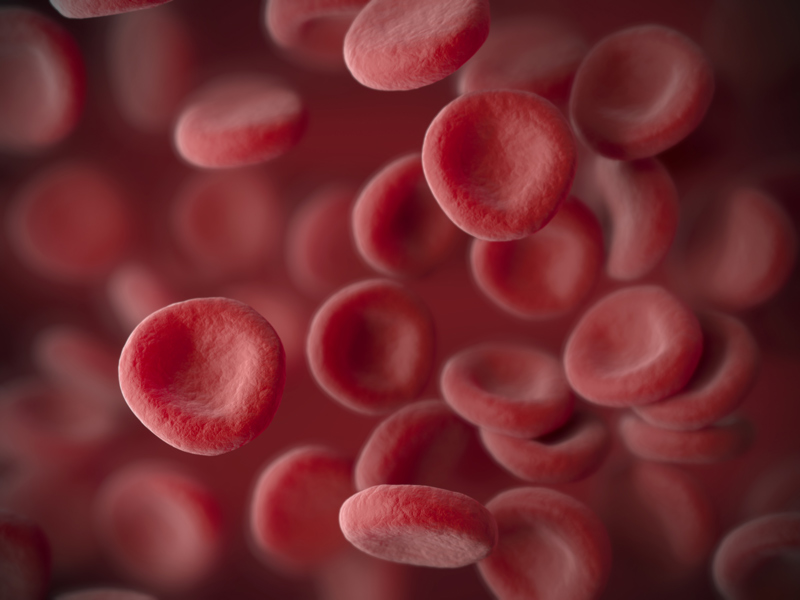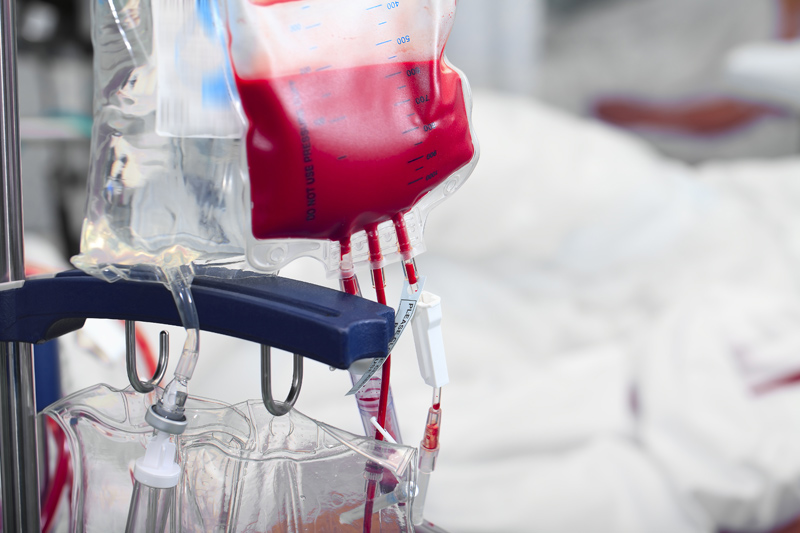
18th May 2017 Blood stem cells grown in lab for the first time Human blood stem cells have been grown in the laboratory for the first time by researchers at Boston Children's Hospital.
Researchers at Boston Children's Hospital have, for the first time, generated blood-forming stem cells in the lab using pluripotent stem cells, which can make virtually every cell type in the body. The advance, published in the journal Nature, opens new avenues for research into the root causes of blood diseases and to creating immune-matched blood cells for treatment purposes, derived from patients' own cells. "We're tantalisingly close to generating bona fide human blood stem cells in a dish," says senior investigator George Daley, PhD, who heads a research lab in Boston Children's Hospital's Stem Cell Program and is dean of Harvard Medical School. "This work is the culmination of over 20 years of striving." "This is a very big deal," said Carolina Guibentif at the University of Cambridge, who was not involved in the research. "If you can develop [these cells] in the lab in a safe way and in high enough numbers, you wouldn't be dependent on donors." Although the cells made from the pluripotent stem cells are a mix of true blood stem cells and other cells known as blood progenitor cells, they proved capable of generating multiple types of human blood cells when put into mice. "This step opens up an opportunity to take cells from patients with genetic blood disorders, use gene editing to correct their genetic defect and make functional blood cells," comments Ryohichi (Rio) Sugimura, PhD, the paper's first author. "This also gives us the potential to have a limitless supply of blood stem cells and blood by taking cells from universal donors. This could potentially augment the blood supply for patients who need transfusions."
Since human embryonic stem (ES) cells were first isolated in 1998, scientists have been trying, with little success, to use them to make blood-forming stem cells. During 2007, three groups (including the Daley lab) generated the first induced pluripotent stem (iPS) cells from human skin cells through genetic reprogramming. iPS cells were later used to generate multiple human cell types, such as neurons and heart cells – yet blood-forming stem cells remained elusive. Sugimura, Daley and colleagues combined two previous approaches. First, they exposed human pluripotent stem cells (both ES and iPS cells) to chemical signals that direct stem cells to differentiate into specialised cells and tissues during normal embryonic development. This generated hemogenic endothelium, an early embryonic tissue that eventually gives rise to blood stem cells, although the transition to blood stem cells had never been achieved in a dish. In the second step, the team added genetic regulatory factors (called transcription factors) to push the hemogenic endothelium toward a blood-forming state. Starting with 26 transcription factors identified as likely candidates, they eventually came down to just five (RUNX1, ERG, LCOR, HOXA5 and HOXA9) that were both necessary and sufficient for creating blood stem cells. They delivered the factors into the cells with a lentivirus, as used in some forms of gene therapy. Finally, they transplanted the genetically engineered hemogenic endothelial cells into mice. Weeks later, a small number of the animals carried multiple types of human blood cells in their bone marrow and blood circulation. These included red blood cell precursors, myeloid cells (precursors of monocytes, macrophages, neutrophils, platelets and other cells), and T and B lymphocytes. Some mice were able to mount a human immune response after vaccination. ES cells and iPS cells were similarly good at creating blood stem and progenitor cells when the technique was applied. But the researchers are most interested in iPS cells, which offer the added ability to derive cells directly from patients and model disease. "We're now able to model human blood function in so-called 'humanised mice,'" says Daley. "This is a major step forward for our ability to investigate genetic blood disease." One challenge in making bona-fide human blood stem cells is that no one's been able to fully characterise them: "It's proved challenging to 'see' these cells," says Sugimura. "You can roughly characterise blood stem cells based on surface markers, but even with this, it may not be a true blood stem cell. And once it starts to differentiate and make blood cells, you can't go back and study it – it's already gone. A better characterisation of human blood stem cells and a better understanding of how they develop would give us clues to making bona-fide human blood stem cells." ---
Comments »
|








